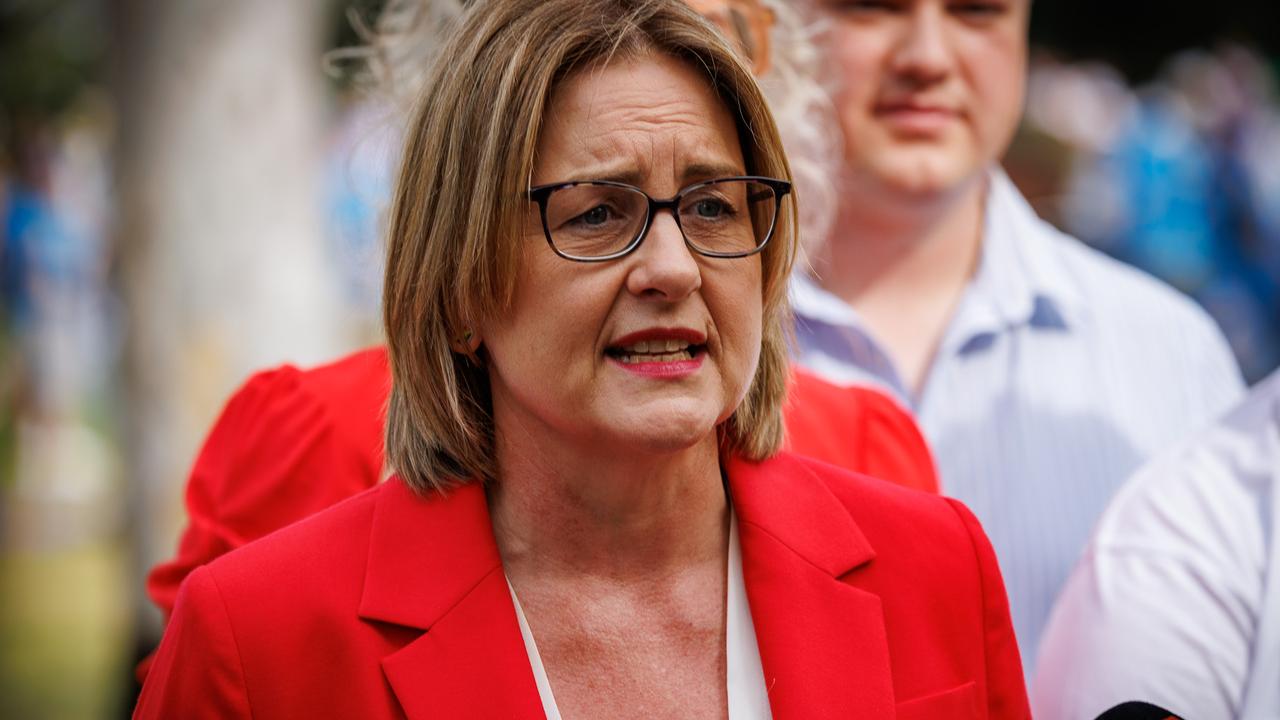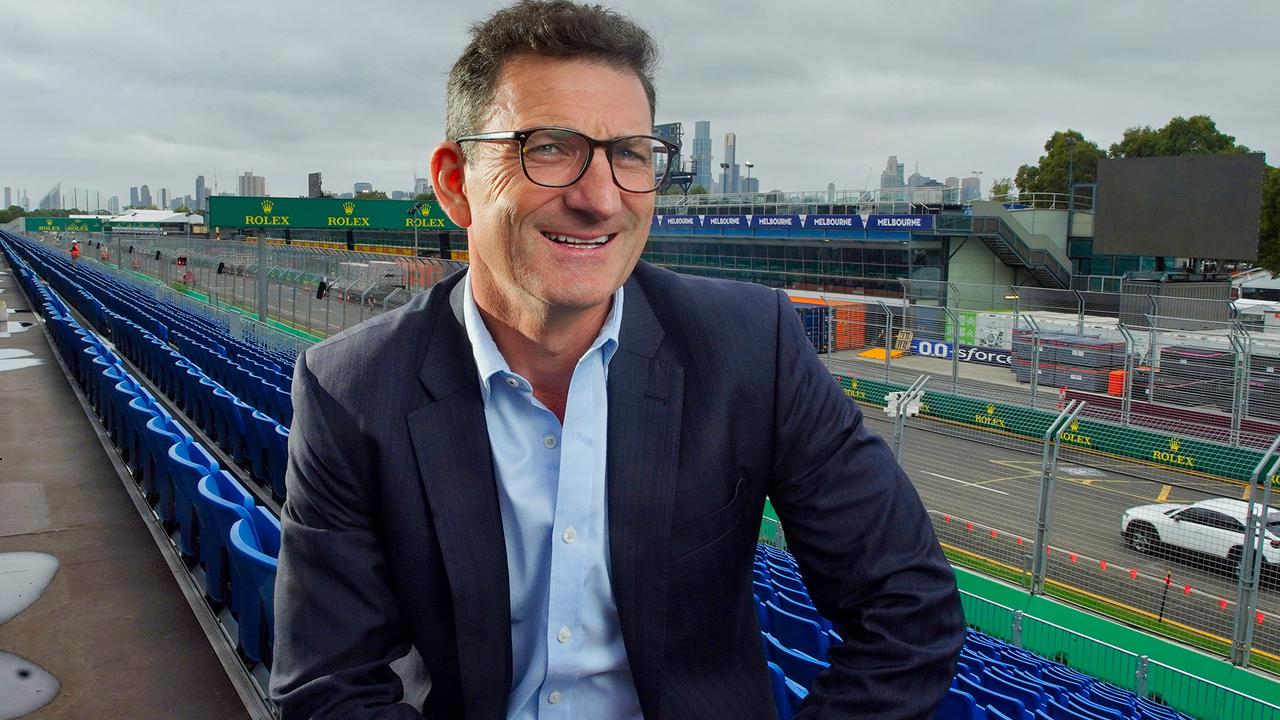Big change at notorious intersection of Flinders, Elizabeth streets
A troubled intersection in Melbourne CBD has seen another big change in a bid to rid the area of crime and unruly behaviour.
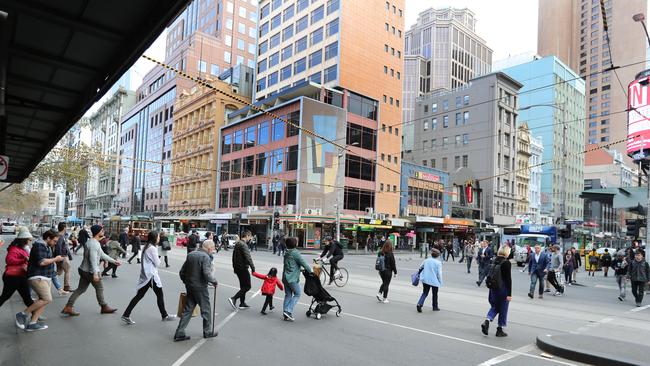
Victoria
Don't miss out on the headlines from Victoria. Followed categories will be added to My News.
Town Hall is looking at ways to improve a key precinct that has a reputation for crime and unruly behaviour.
The southern end of Elizabeth St at the Flinders St intersection was refurbished with street furniture and trees by Melbourne City Council.
But artificial grass that had been placed on a former vehicle lane was removed late last year amid drug activity and other anti-social behaviour in the area.
Lord Mayor Sally Capp said the bluestone-paved section that had been turned over to pedestrians was important because of the busy tram terminus at the corner of Elizabeth and Flinders streets.
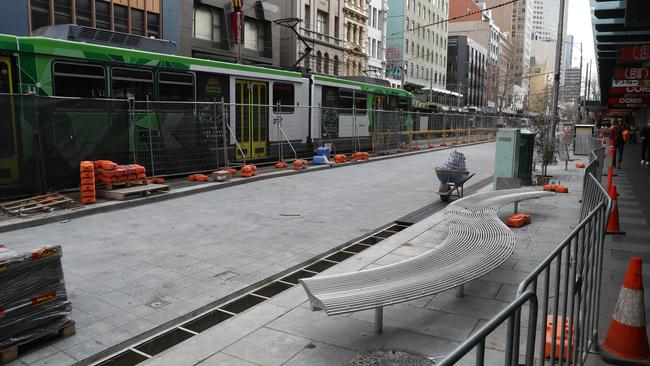
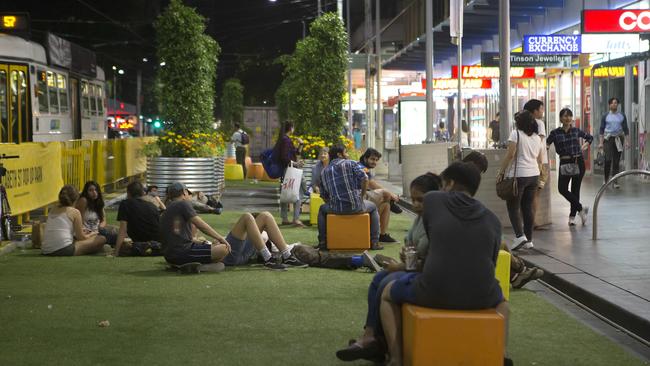
“We’re seeing what else we can do with the road space, but it’s a major pedestrian zone,” she said.
“We’re talking to the local traders about how we can activate that area.”
Ms Capp said some trees had been planted in the extended footpath and the council was experimenting with the placement of planter boxes.
“We’re really waiting before we do anything permanent to see what that looks like when we’re in full swing again,” she said.
Last December, the Herald Sun published photos of people using bongs and sprawled over footpaths in the precinct.
Traders were concerned about ongoing crime and anti-social behaviour in the area.
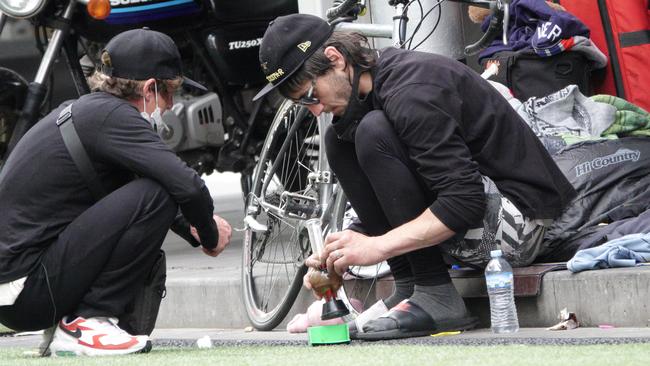
Police stepped up patrols, and continued their work with agencies like the Salvation Army to engage with the homeless and ensure they got essential services.
The Lord Mayor said the council was encouraged by the number of people returning to the CBD for work, shopping and events.
“Our weekend foot traffic is above pre-pandemic levels on average,” she said.
“Consistently, our night-time economy is at or above pre-pandemic levels, crowds at events again are astounding.”
Ms Capp said the council was a flexible workplace, but employees generally needed to be working back in the city.
“We work for Melbourne in Melbourne, and that’s where our jobs are,” she said.



